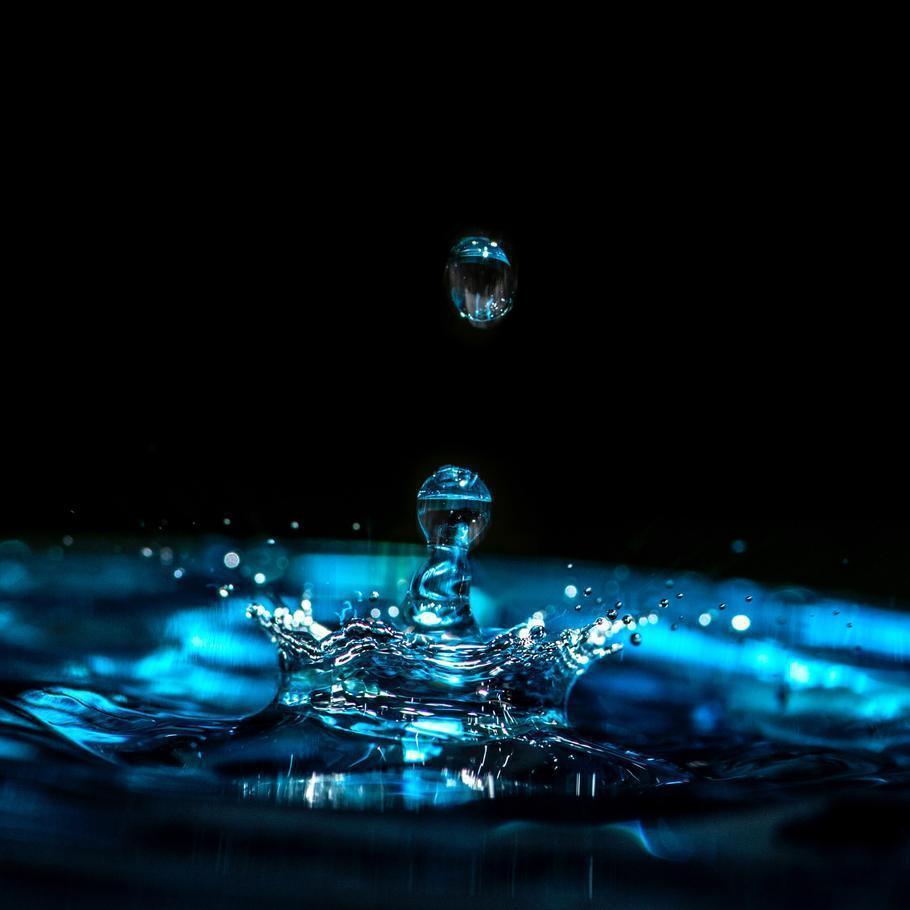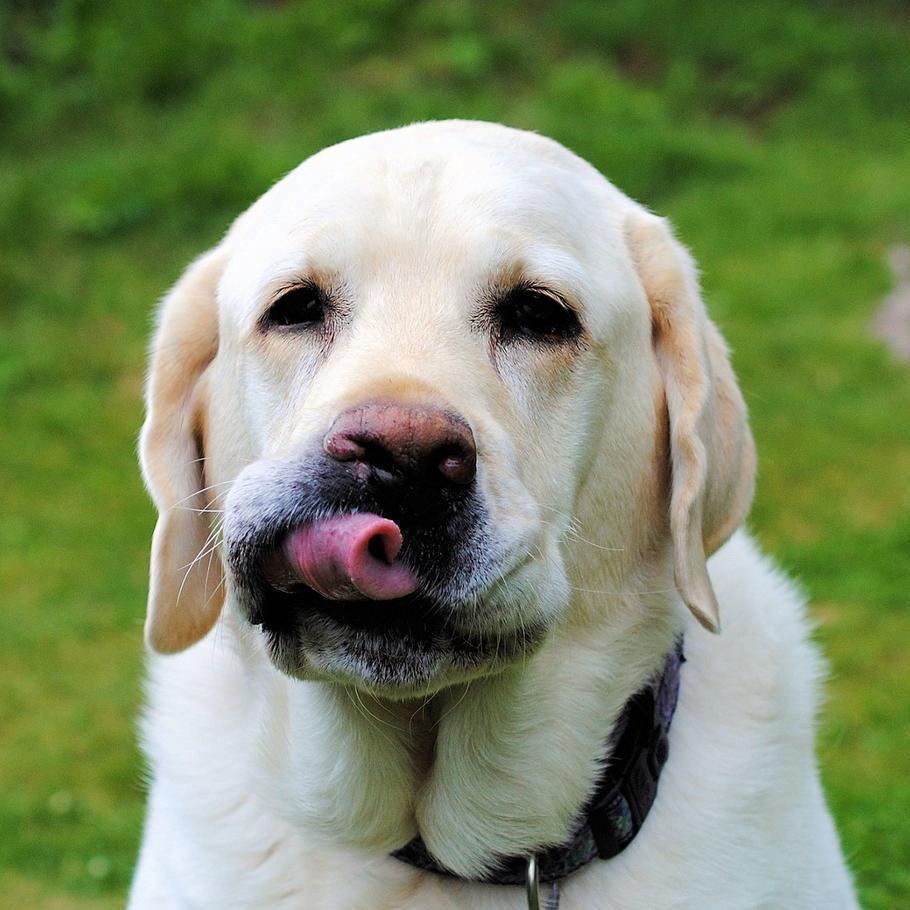About 71 percent of the Earth’s surface is covered in water, so it’s not surprising that it’s often the subject of our photographs. From rivers, lakes, ponds, and oceans to waterfalls, swimming pools, rain, and dew drops, water can look amazing when photographed.
You don't need to look any further to find some incredible and inspiring water photos! Here are some fantastic examples, along with some helpful water photography tips, tricks, and techniques.
Straight Horizon
Unless you are intentionally shooting at extreme angles for a unique look, when capturing photos of water and the skyline, it’s imperative that the horizon is straight. Many cameras have the option to view a Rule of Thirds grid on the LCD screen which you can use as a guideline to help get those horizons straight. If you need to, you can also use photo editing software to correct it later. One more thing: for stronger composition, position the horizon along the top or bottom third of the frame – if you compose your shot with equal amounts of sky and land, your photo will look awkward, like it’s been chopped in half.
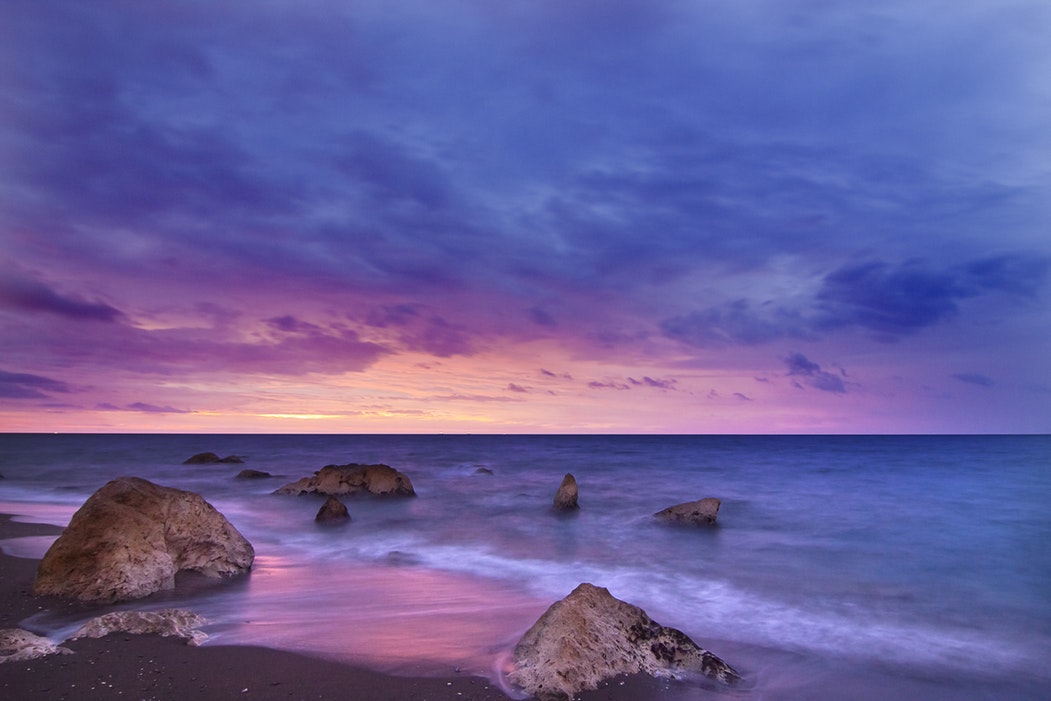
Fast Shutter Speed
A fast shutter speed will “freeze” the water’s motion, resulting in a sharp, clear image. If you try this technique, you may also need to increase your camera’s ISO settings to allow more light to reach the camera’s image sensor. If you’re not comfortable playing around with the exposure settings, you can also set your camera’s scene mode to the Action or Sports mode which will increase the shutter speed.
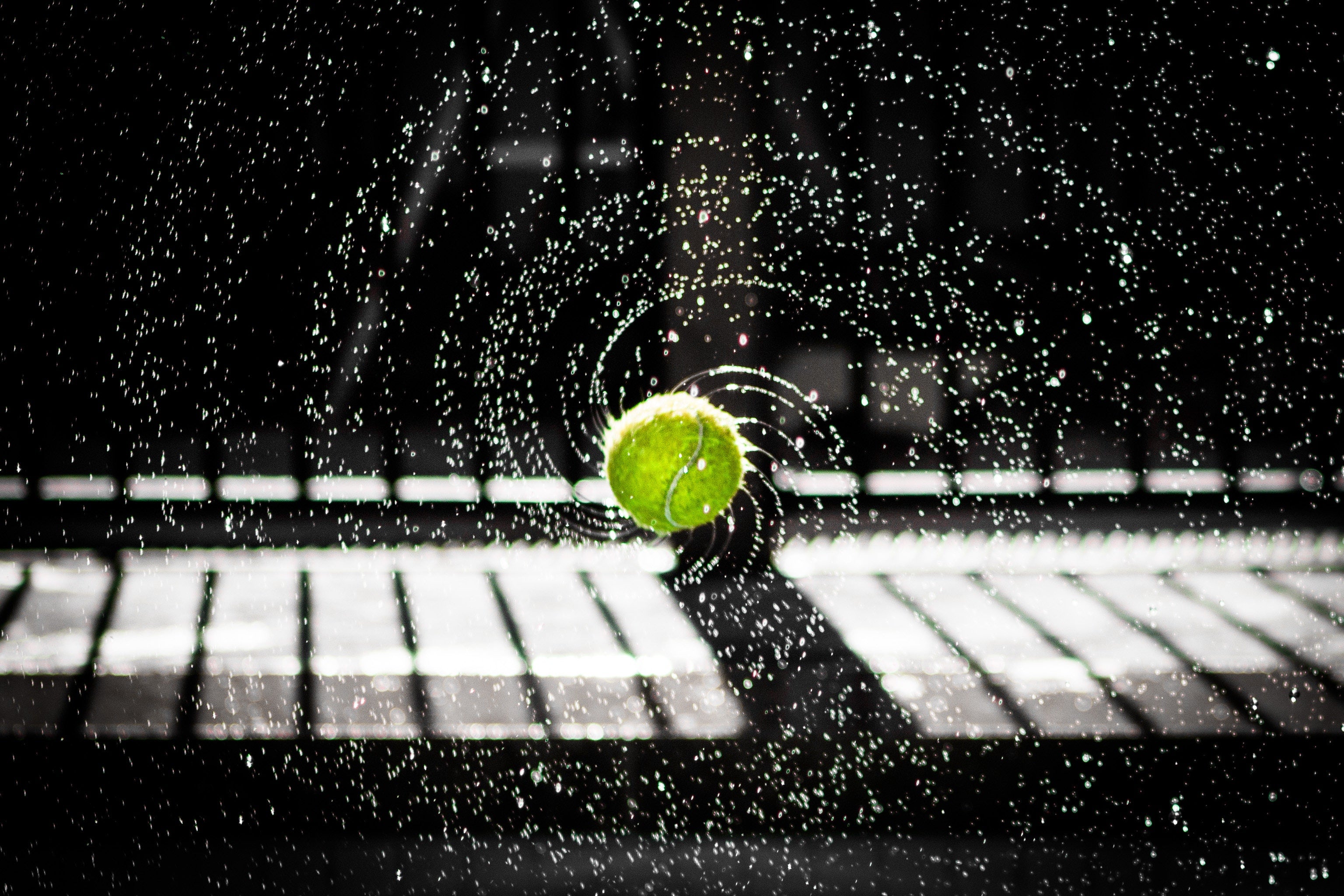
Slow Shutter Speed
To photograph water that looks smooth you will want to shoot with a slow shutter speed. Keep in mind that this will blur anything in your frame that’s moving – a tripod is a must. If you don’t want to shoot in complete manual mode, switch your camera to its Shutter Priority Mode to select your shutter speed and the camera will adjust the aperture accordingly.
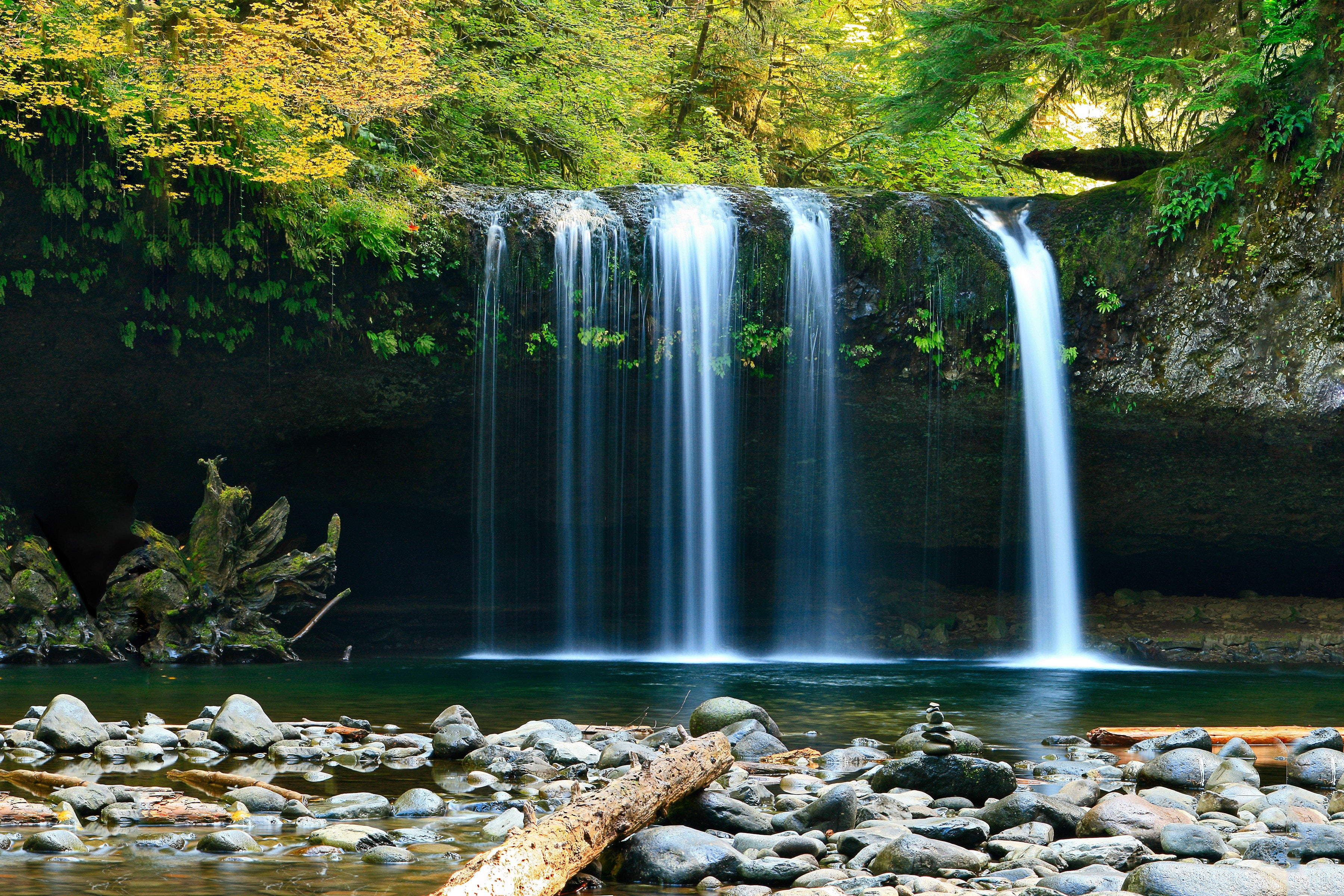
Reflections
When capturing water photos with reflections, turn the flash off and use natural light – the best times of day to capture these photos are dawn and dusk. You want to shoot bodies of water that are still and a longer exposure will give the water a smooth look, just make sure to use a tripod.

Include Other Subjects
Rather than just capturing water photos with nothing but their natural surroundings included in the frame – though these do look fantastic too! – try including other points of interest. Think frogs, muddy rain boots, a sandy beach bum, kayaks … the possibilities are endless.
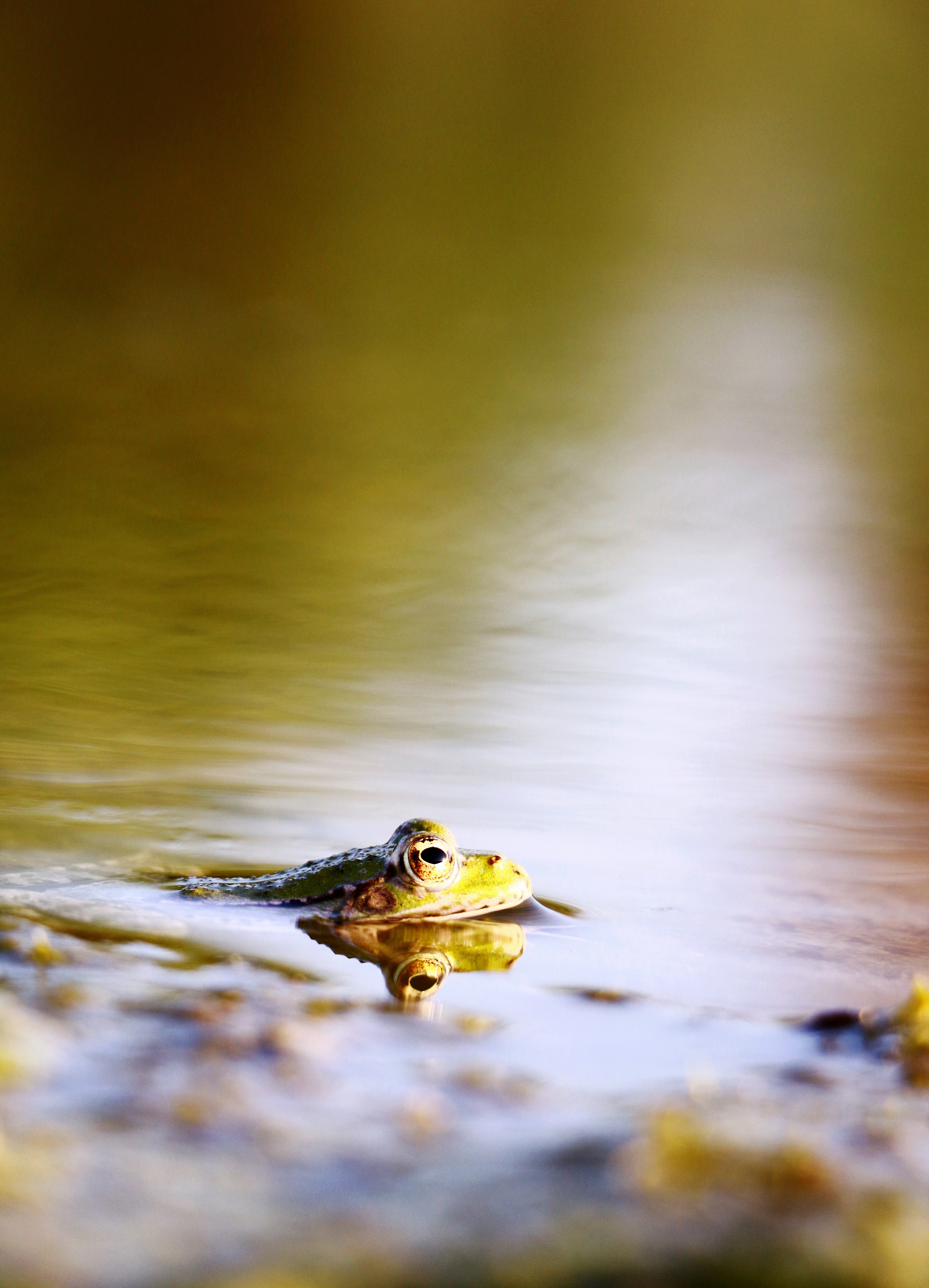
HDR Photography
High Dynamic Range, or HDR, photography produces exceptional images with superb clarity and detail that regular photos don’t have. Using photo editing software, the photographer will combine multiple images of the same scene but captured using different exposure settings. Photographs that include water and skylines in them can make wonderful subjects for HDR photos.
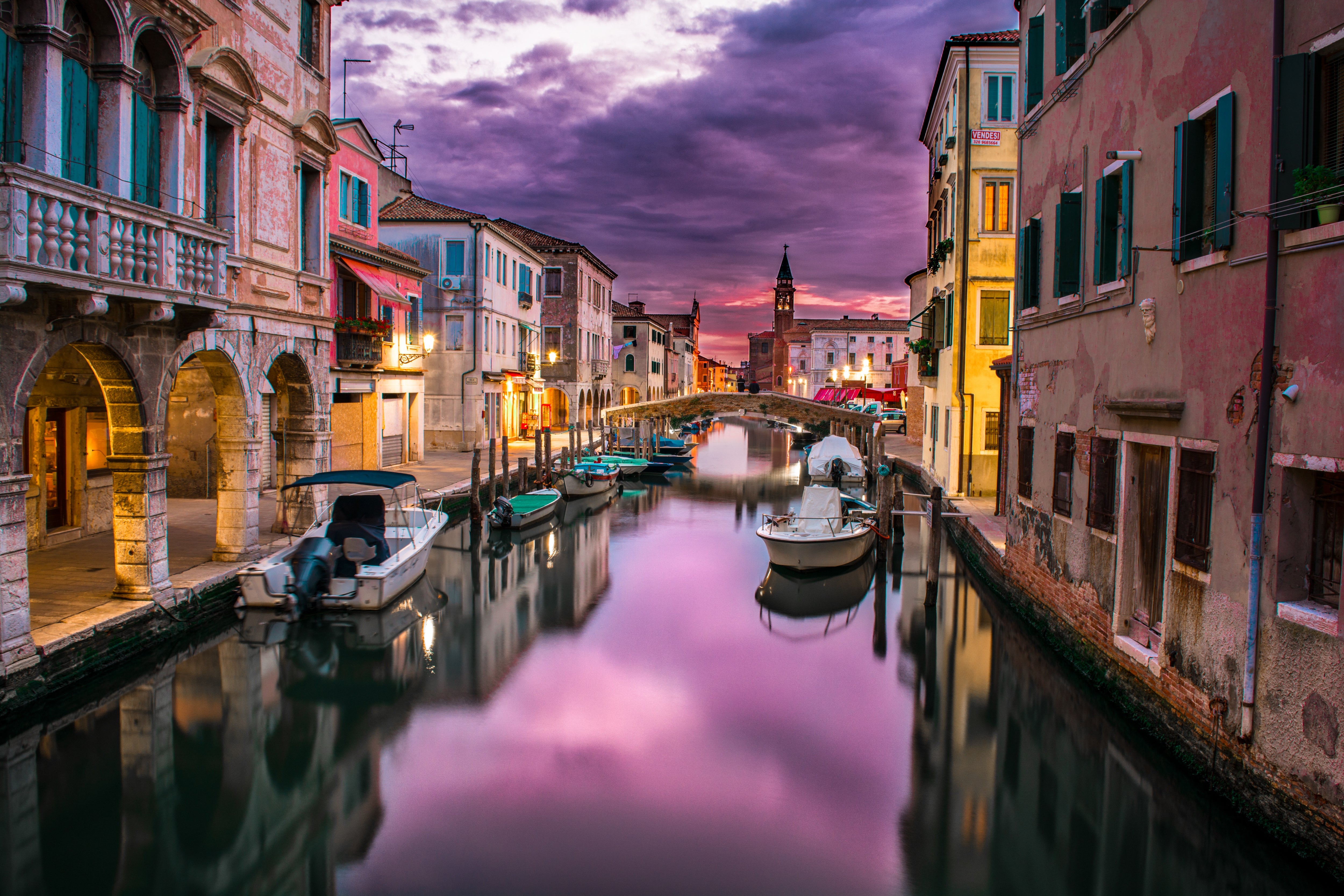
Don’t Be Afraid to Edit
Whether it’s due to poor lighting conditions or lack of skill and knowledge, sometimes we just can’t seem to capture the shot we really want. Other times, we capture great photos but like to add a unique and creative touch to them. Using photo editing software can help to touch up a photo or even turn it into something completely new.

Underwater Photography
There’s a whole new world to explore and document if you decide to experiment with underwater photography. You can purchase relatively inexpensive waterproof cameras or underwater housing for your existing camera. When capturing underwater photos, try composing your shot so the camera is either eye-level or looking up at the subject instead of looking down at it.
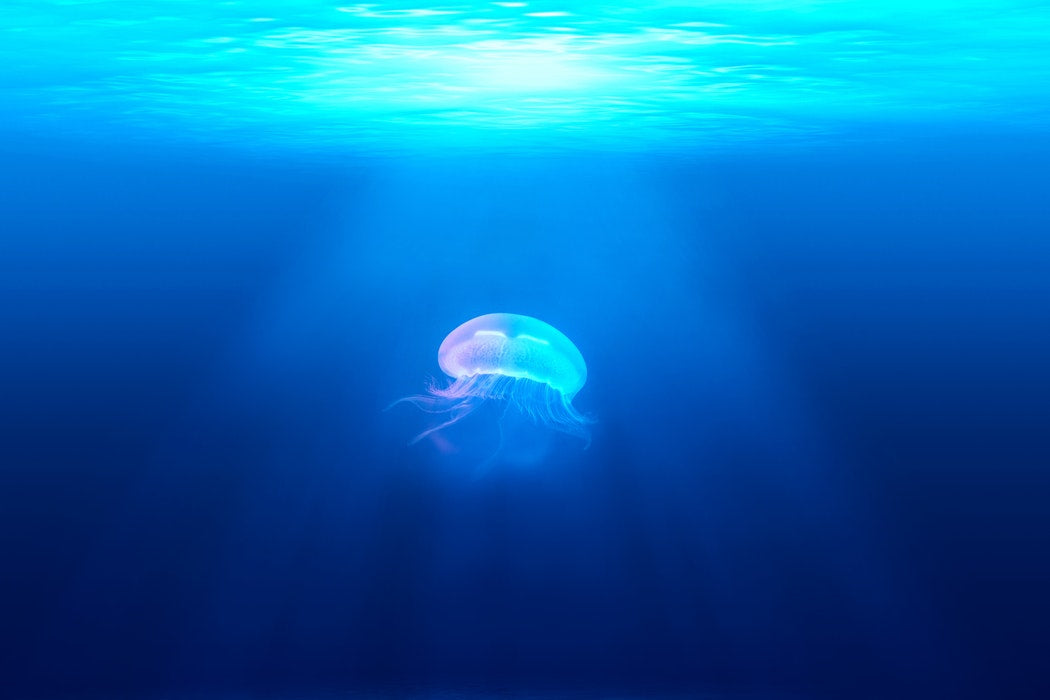
Frozen Water
Don’t forget to shoot frozen water too! Frost on a window, slowly melting icicles, and frozen lakes all make great subjects to photograph. For some really interesting shots, try shooting frost with your camera set on its macro mode – the shapes and patterns look incredible.
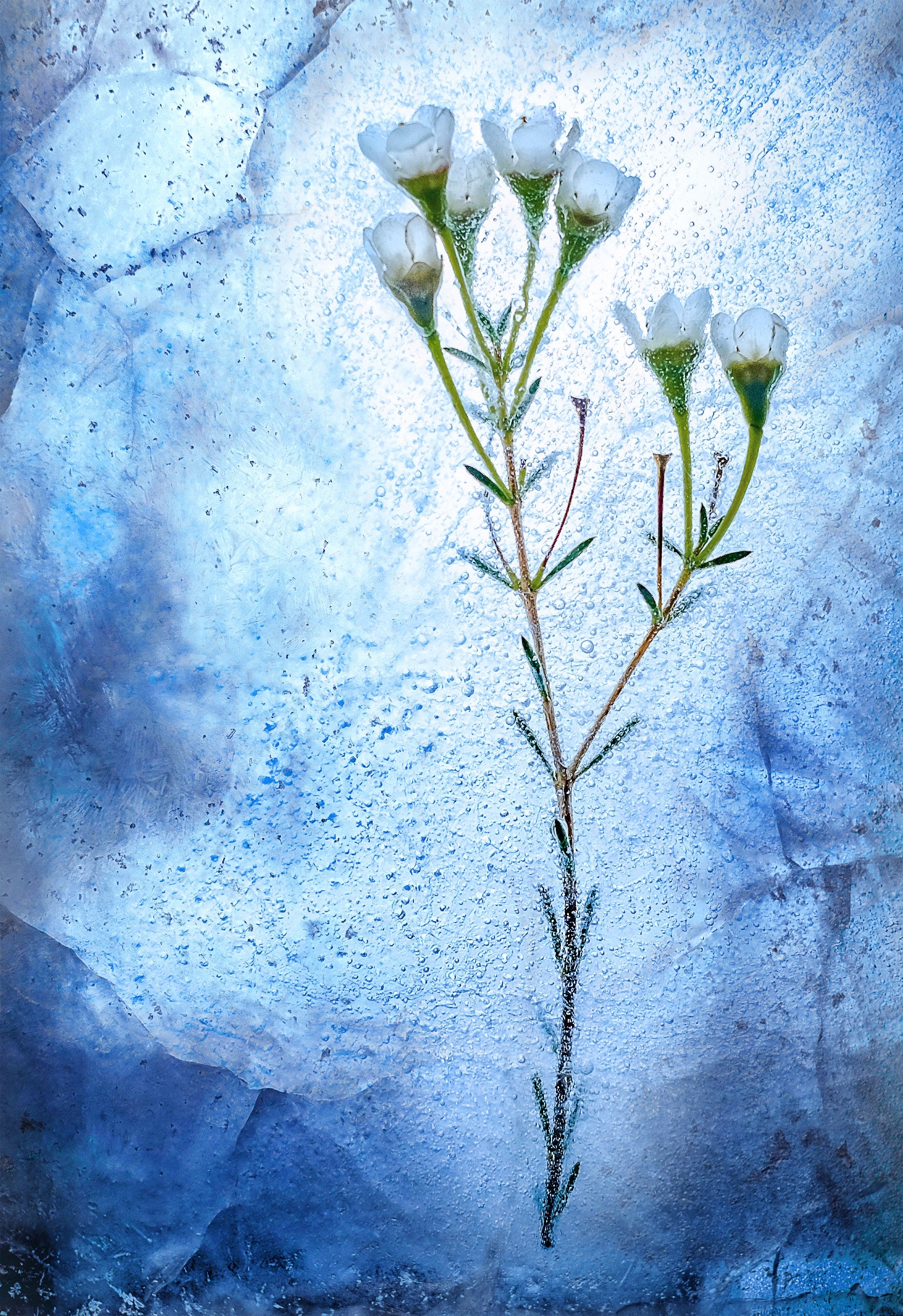
Macro Shots
Photographing vast bodies of water can have outstanding results, but so too can little bodies of water. Use a dedicated macro lens on your DSLR or the macro scene mode – typically indicated by a flower icon – on your point-and-shoot camera to capture water drops from a faucet, dew drops on a blade of grass, moisture collected on a spider’s web, or, as mentioned previously, the frost crystals on a window.

Show Us What You’ve Got!
We would love to see your water photography! Feel free to tag us in your Instagram photos so we can check them out! We’re also on Facebook, Twitter, and Google+!
